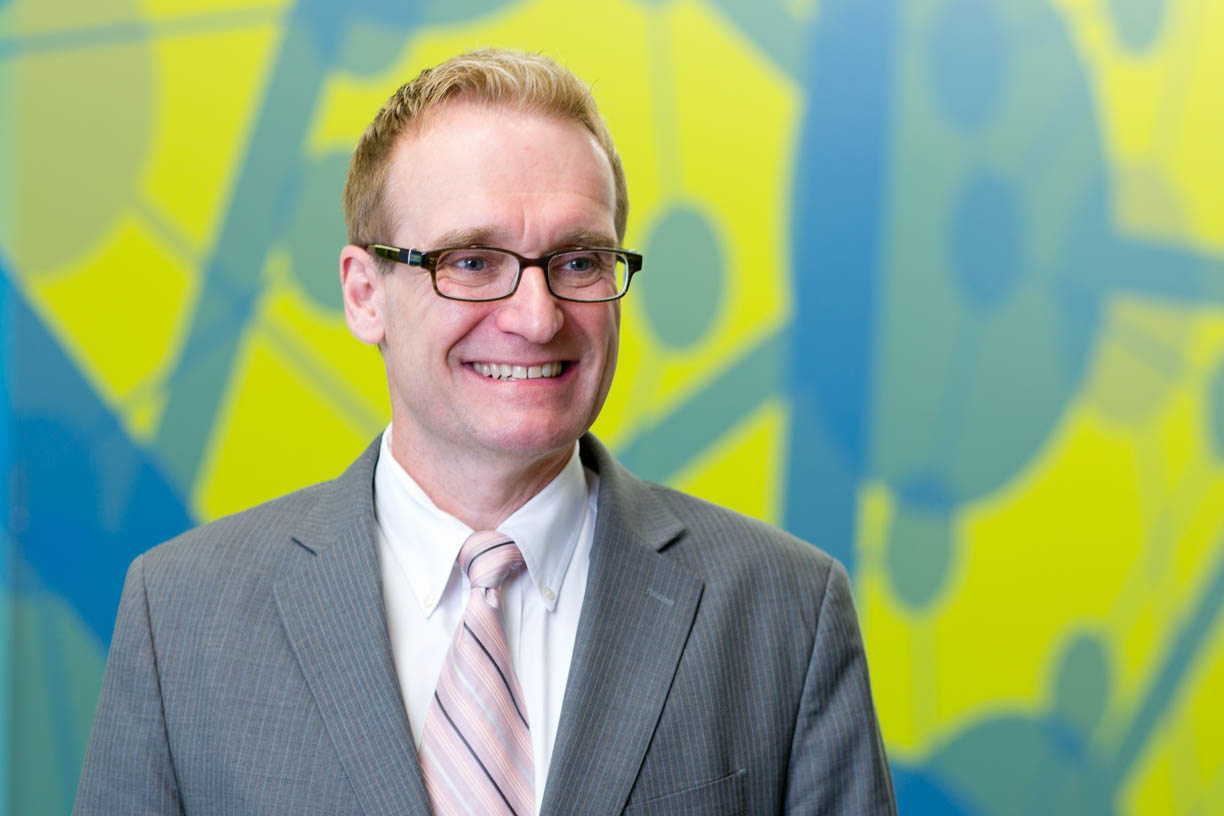ISB Q&A: Nick Newcombe, Director of Development
 isbscience.org/news/2015/10/13/7430/
isbscience.org/news/2015/10/13/7430/
Q: What is your role as Director of Development?
Nick Newcombe: In my role, I plan and implement how and in what ways we are going to deepen our contributor’s connection to ISB and give them the opportunity to further invest in our mission and vision. I empower our science and development/communications staff and volunteers to help carry out this plan. We want our contributors to receive outreach from the right person at the right time, in the right way and for the right reason. I set the stage for doing the right things and ensuring that the money follows. I also engage our board and major donors in this way.
Q: What role does philanthropy play at ISB, which mostly depends on governmental grants?
NN: About 12 percent of our total revenue comes from contributions by individuals, families, and foundations. With government grants becoming more difficult to obtain or at the level of request, ISB depends on individuals. The most trusting gift is an unrestricted gift direct to the mission of ISB. That said, all contributors need to connect to ISB in a way that is personal and meaningful to them “where they are.” People connect only to what they understand. When they connect, they invest time, money, spirit, network. Most of our most prolific contributors come via the portals of specific disease research, faculty support or via our education programs. Once they connect with us, these involved individuals become our best and most influential ambassadors.
Q: What is the culture of philanthropy?
NN: Culture of philanthropy has many definitions. The culture of philanthropy in our country is deeply rooted in our sense that those who have had financial success have a responsibility to give back to our society, to the greater good, or to those who are less fortunate. Independent and academic, non-profit research organizations, like ISB, have depended on and built their cultures around government grants, contracts with industry and strategic partnerships. These types of funding are very transactional in nature. In the days before the recession and sequestration, 90 percent of our revenue came from these sources. As grants became fewer and far between, we began to see that a diversified base of funding is a better way to achieve our revenue goals to support the science. The culture of philanthropy at ISB is new, growing and defining itself at this very minute. The culture of philanthropy at ISB is growing out of every staff member having a better understanding of the science and art of fundraising and joyful giving. I have watched this learning process over these last four years. It is really energizing, validating and motivating.
Q: Can you explain (briefly) the anatomy of a gift?
NN: People often think that fundraisers spend most of their time asking for money. If it is done correctly, in best practice, we spend more time thanking people for gifts made and in deepening connections of new prospects and longterm contributors. I spend about 20 percent of my time on solicitations. The anatomy of a gift has 5 steps (The 5 I’s):
- IDENTIFICATION of the right contributor prospect
- Understanding their INTEREST
- Getting them INVOLVED
- Letting them have an IMPACT
- Then and only then, they will INVEST
All this said, it is also known that most people give when they are asked. If the amount requested is commensurate with the amount and intensity of the impact they want to make, the asking/gifting relationship is enjoyable for both the contributor and the person who is asking.






